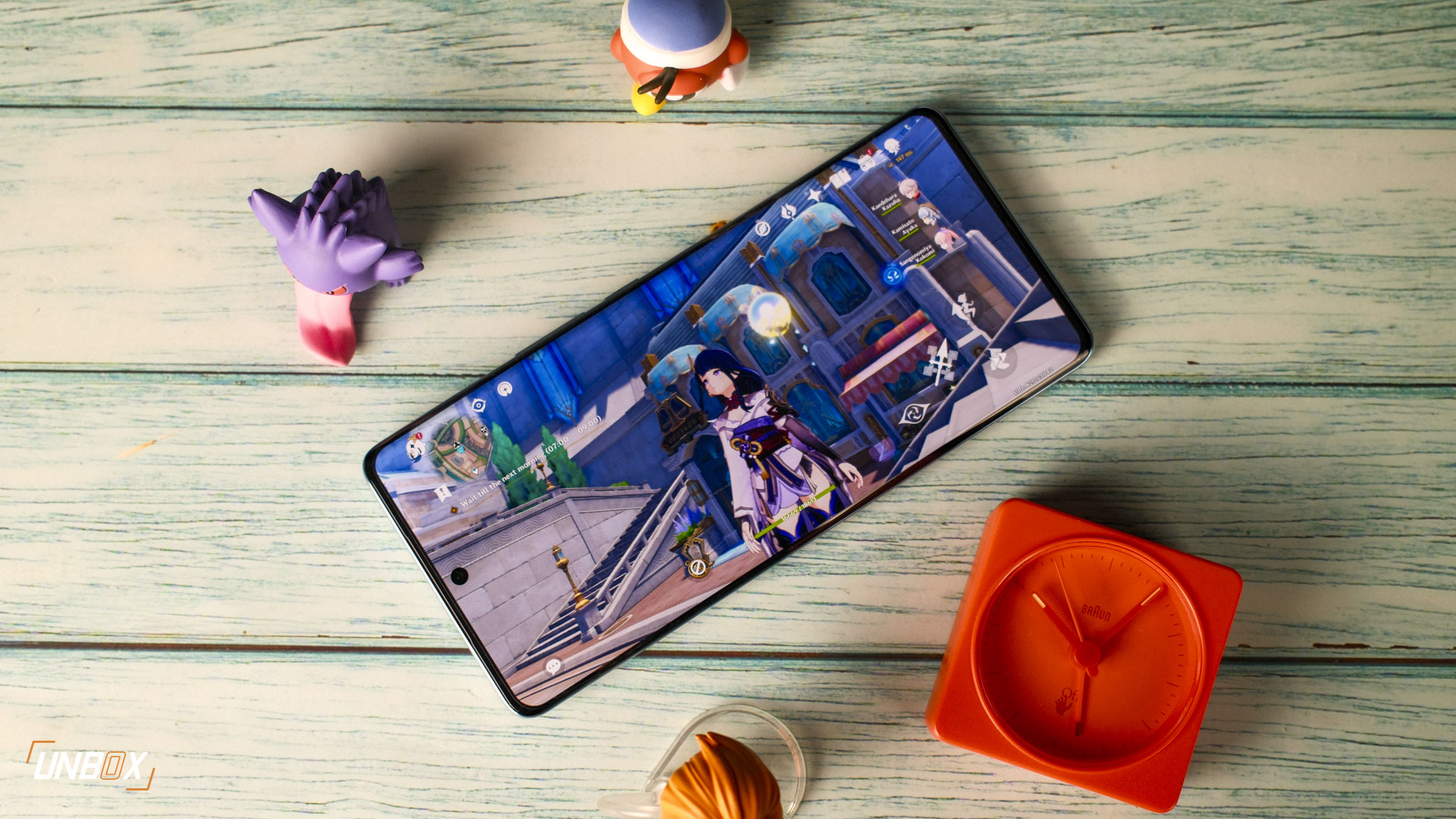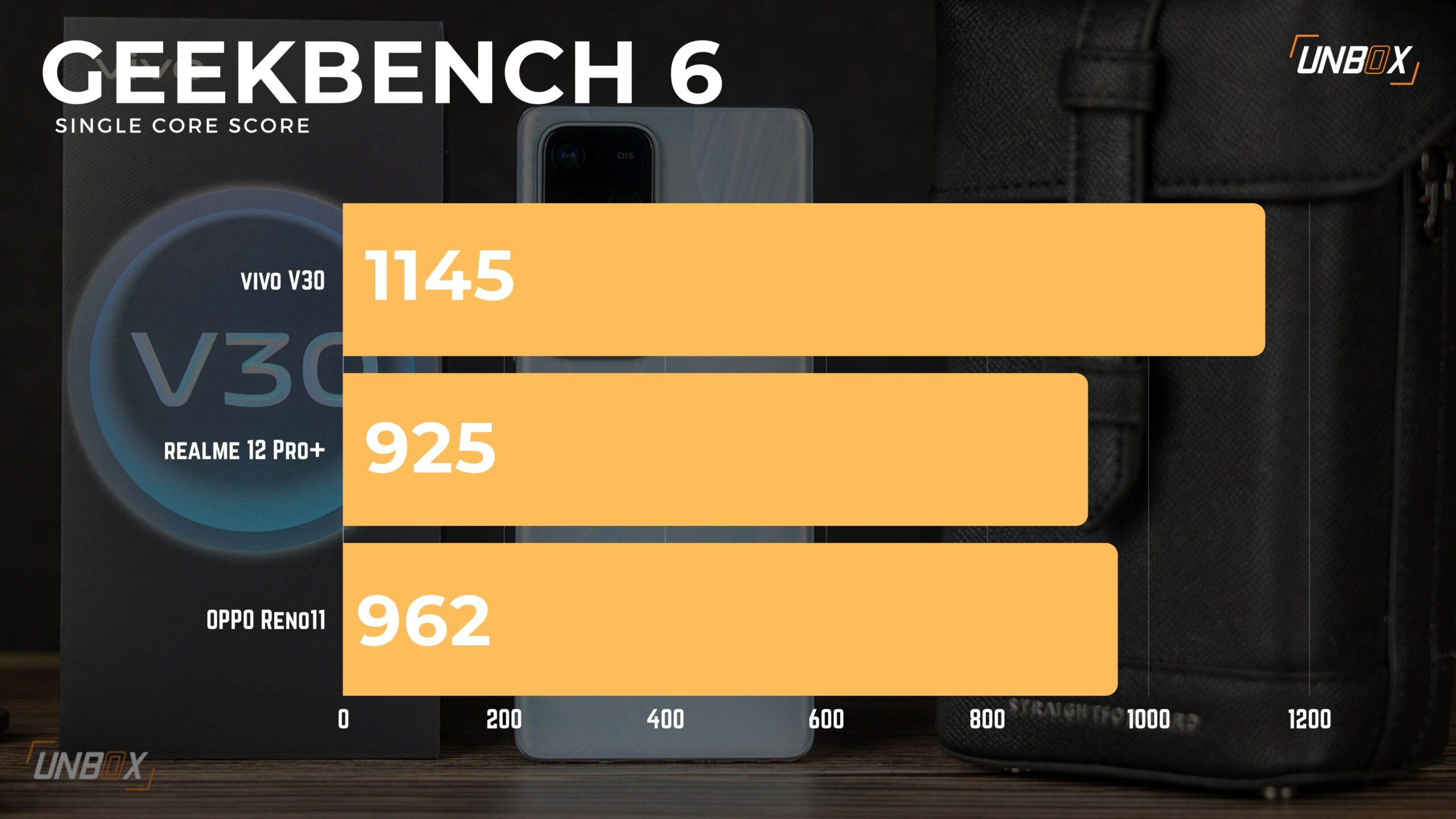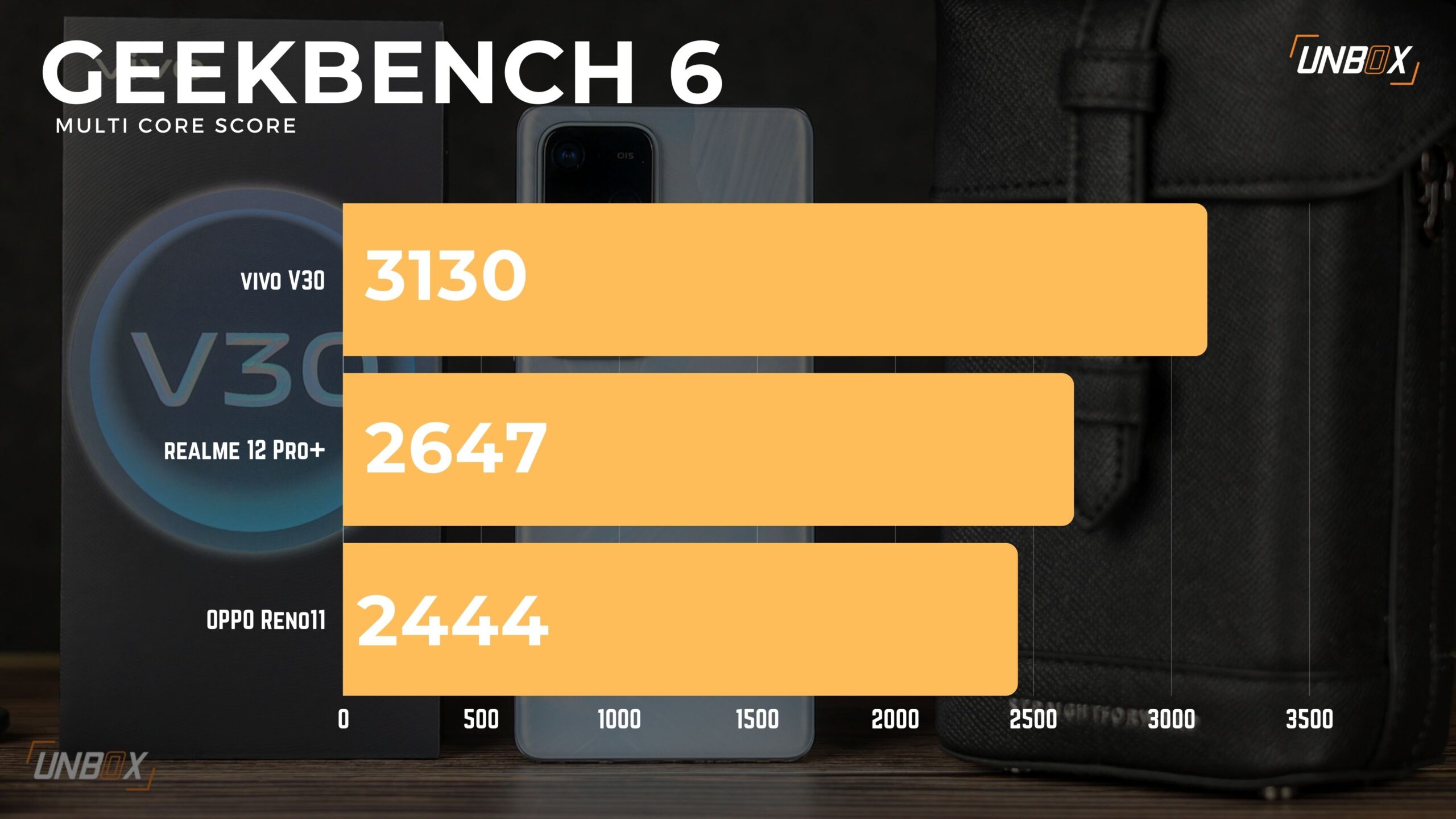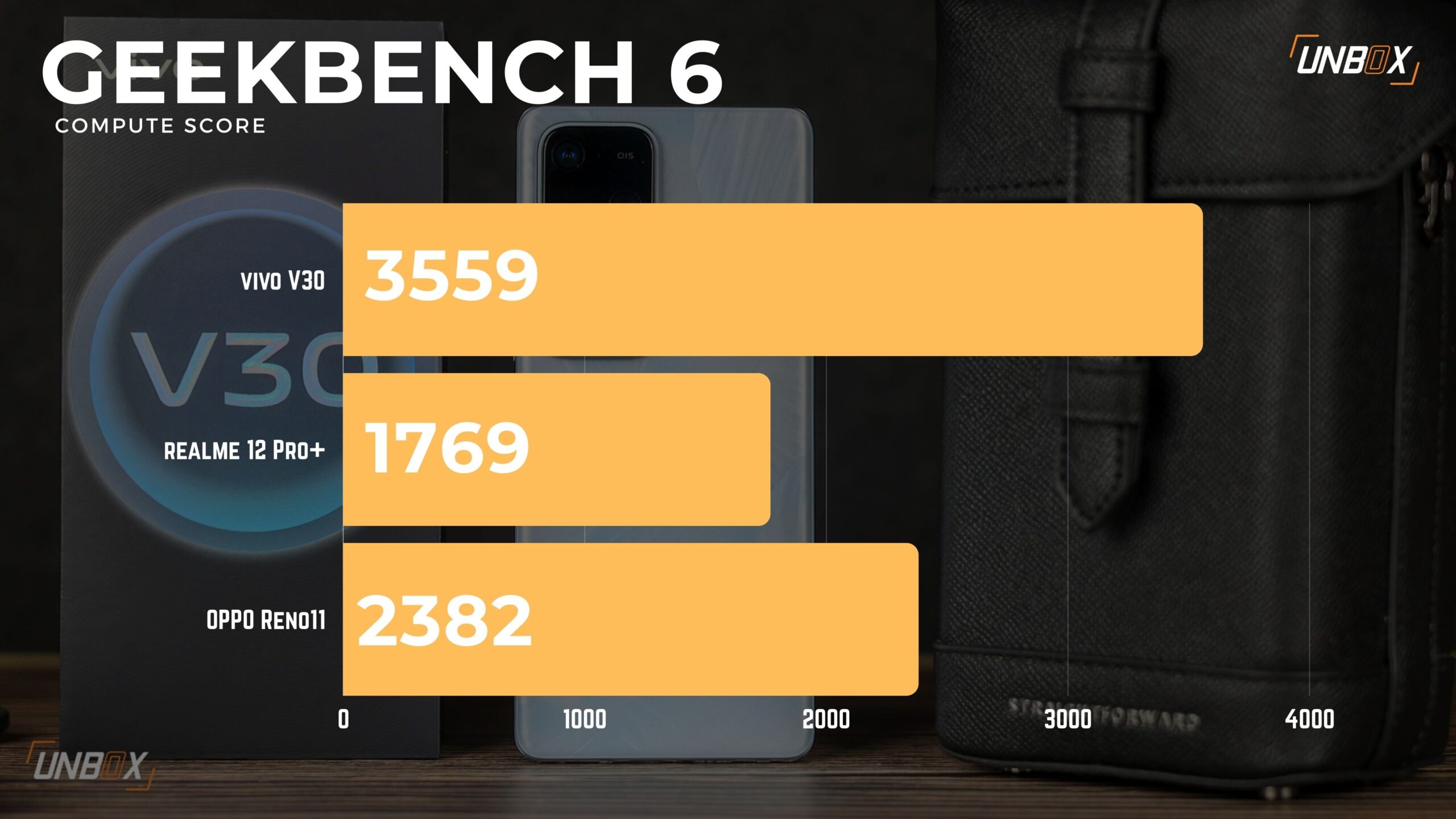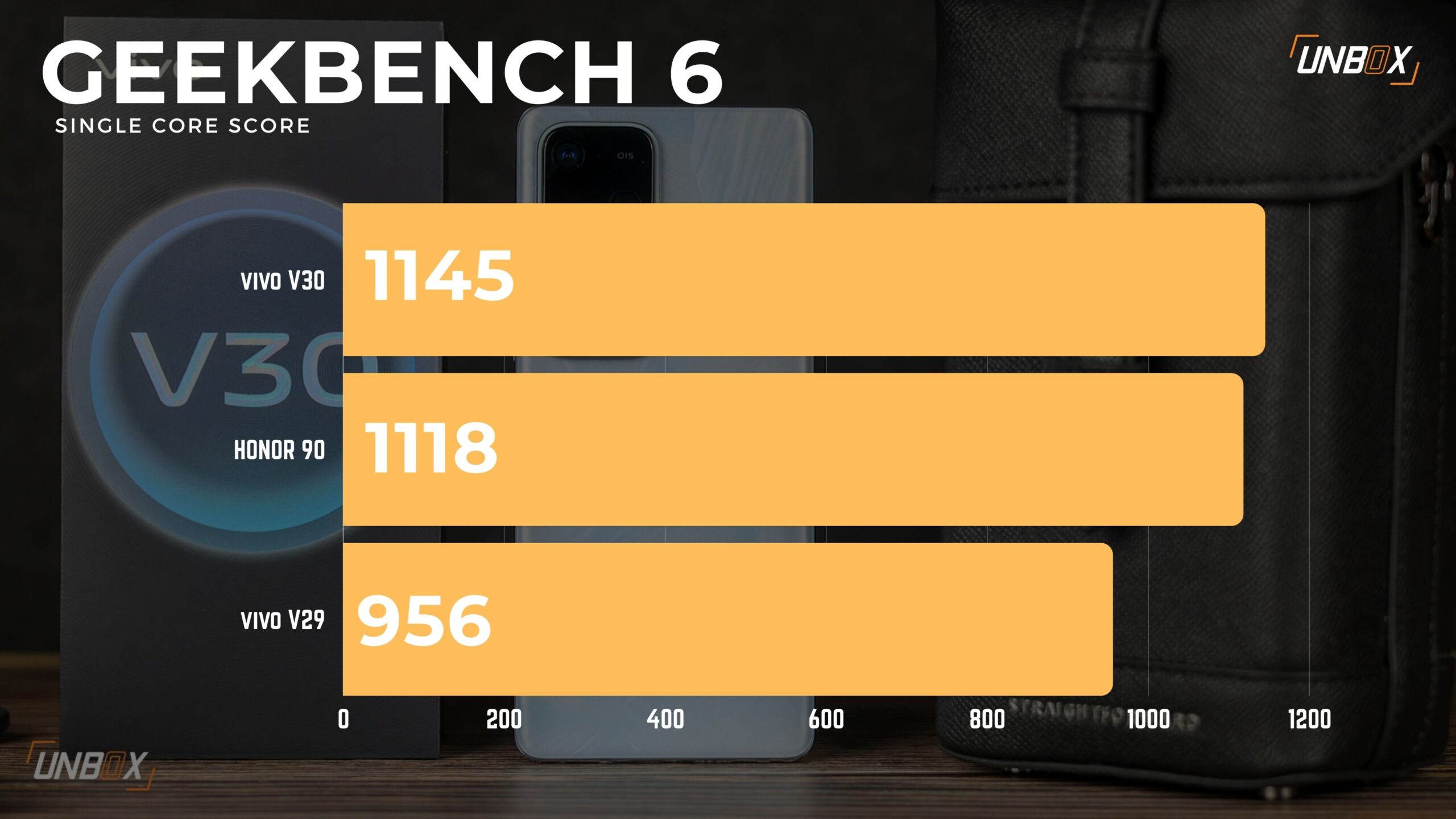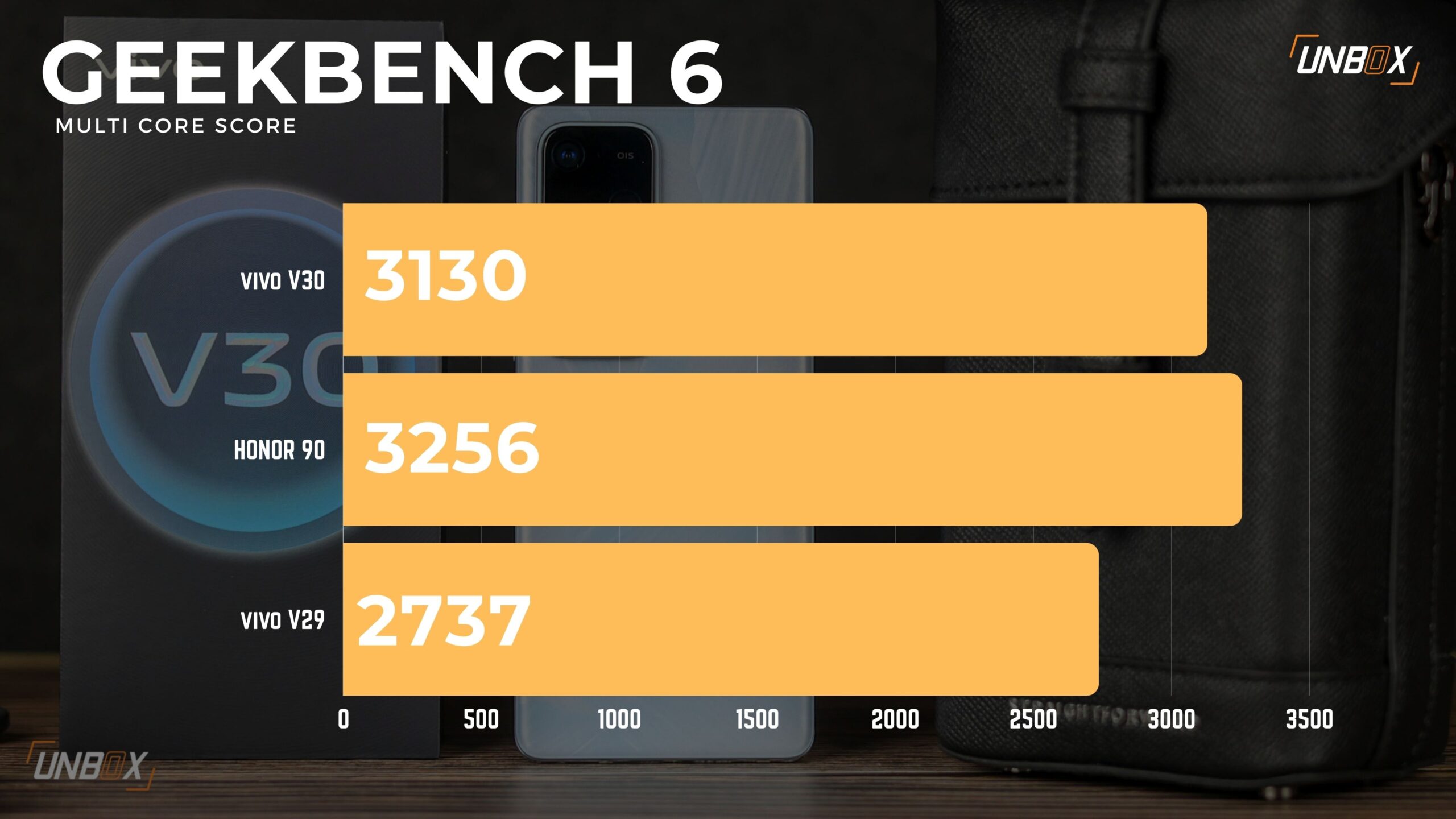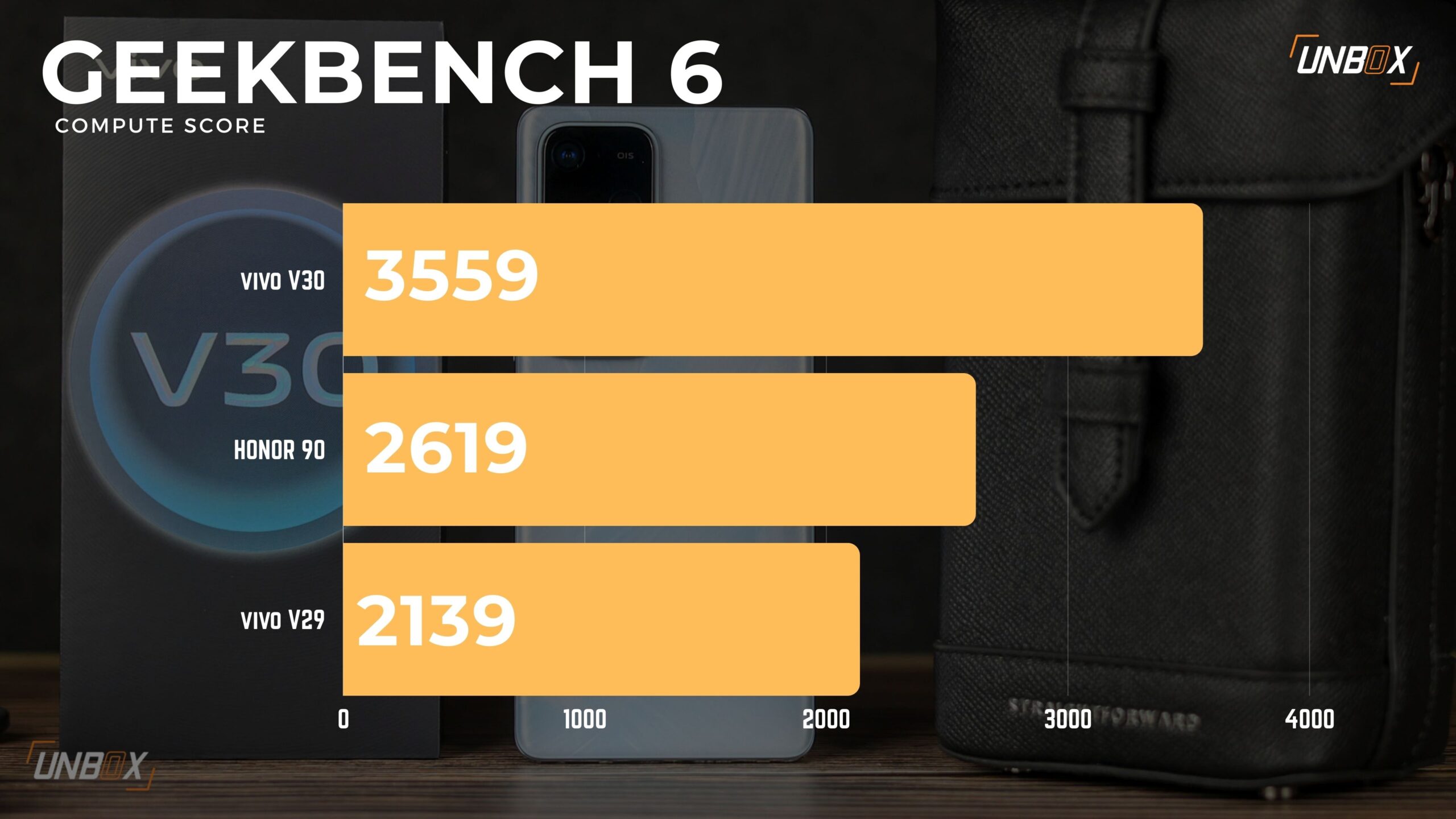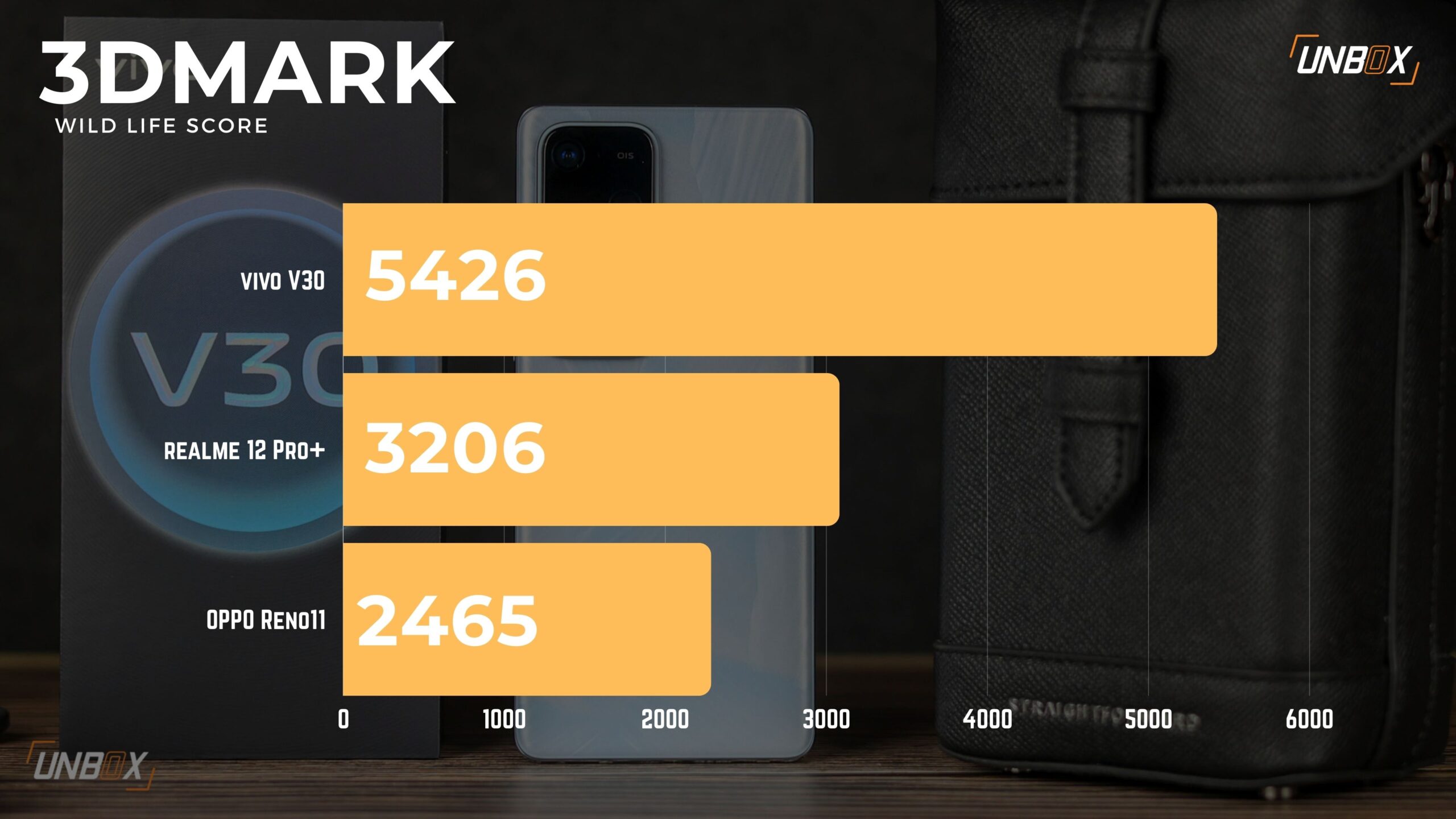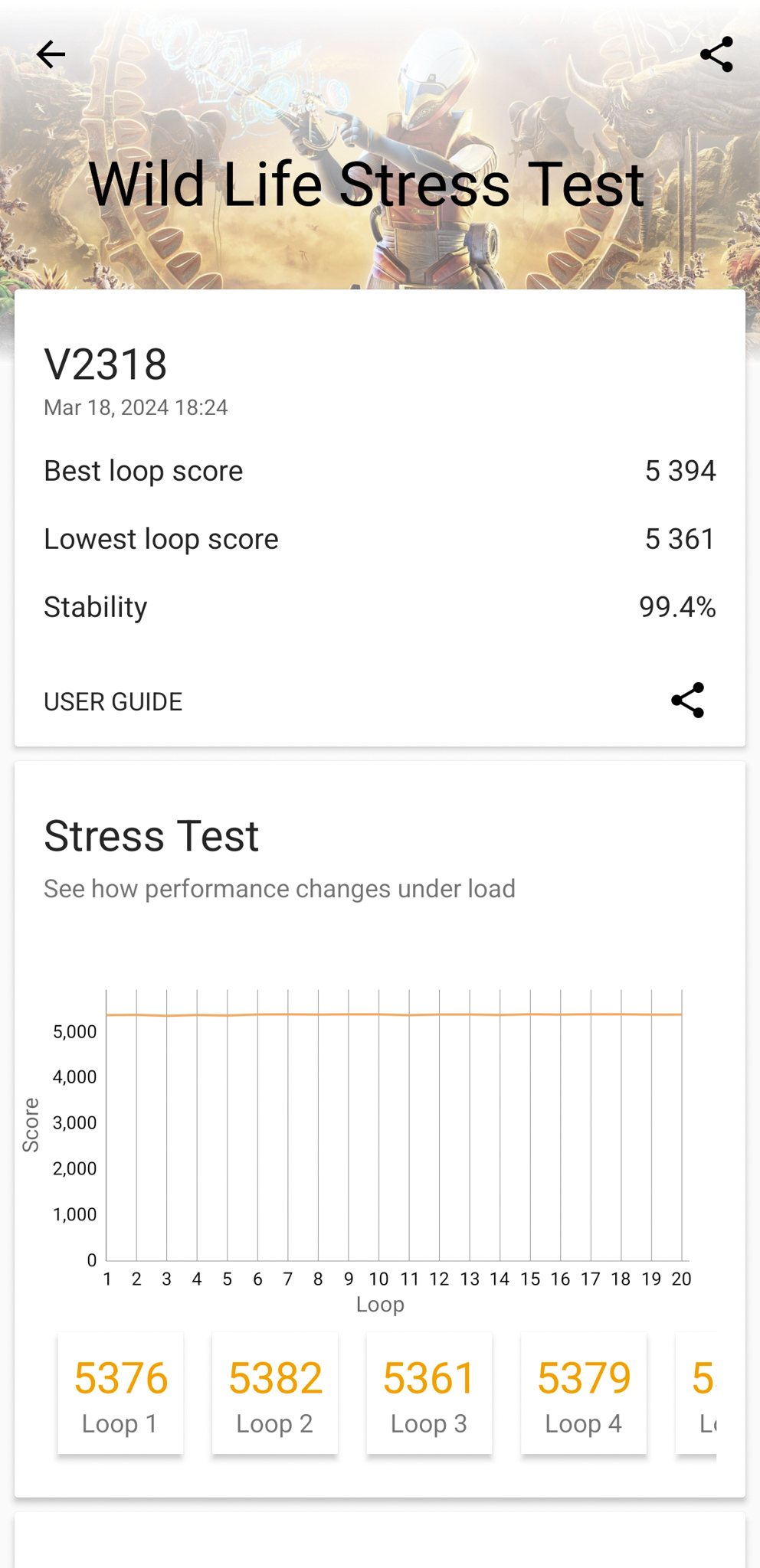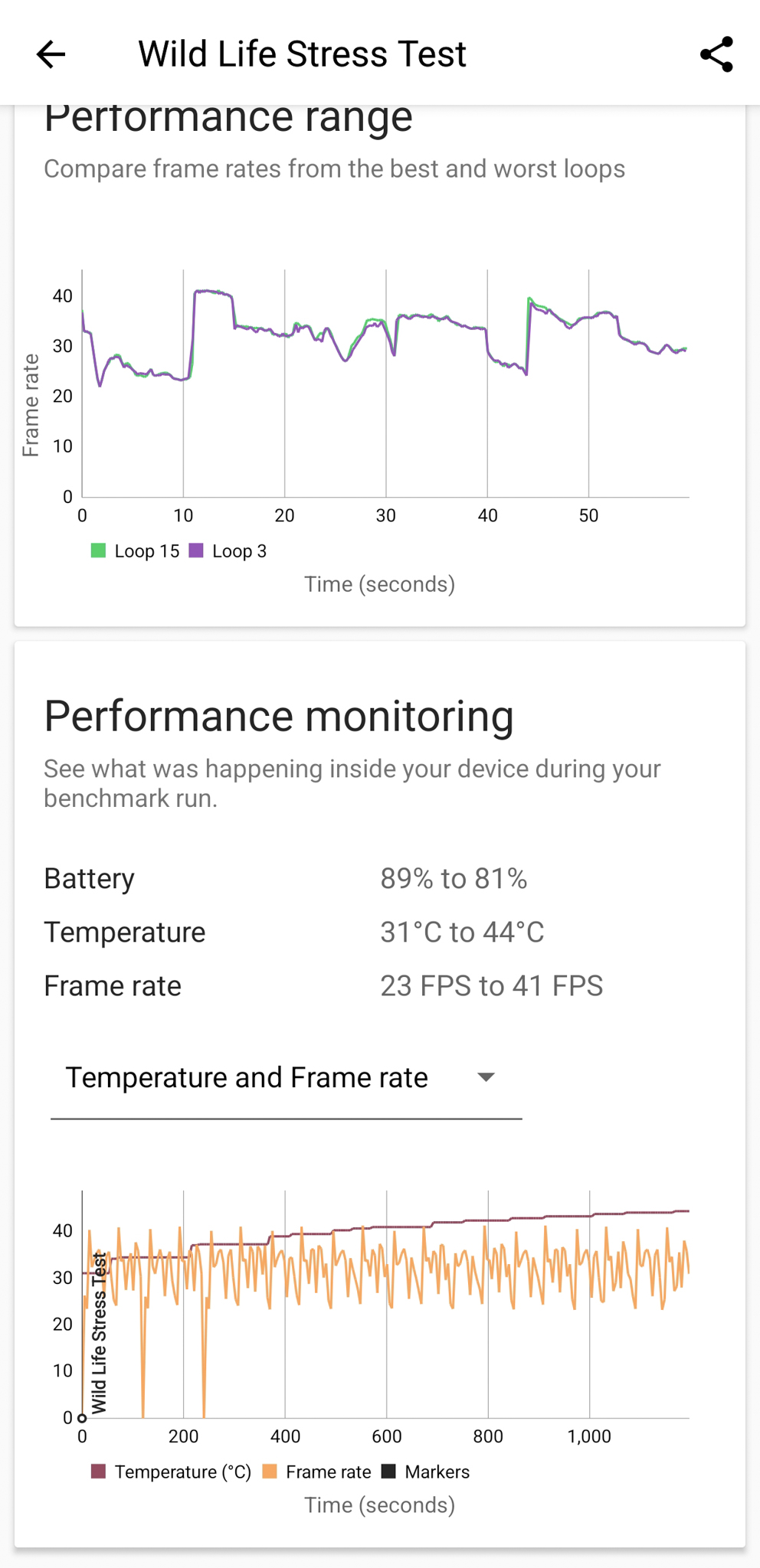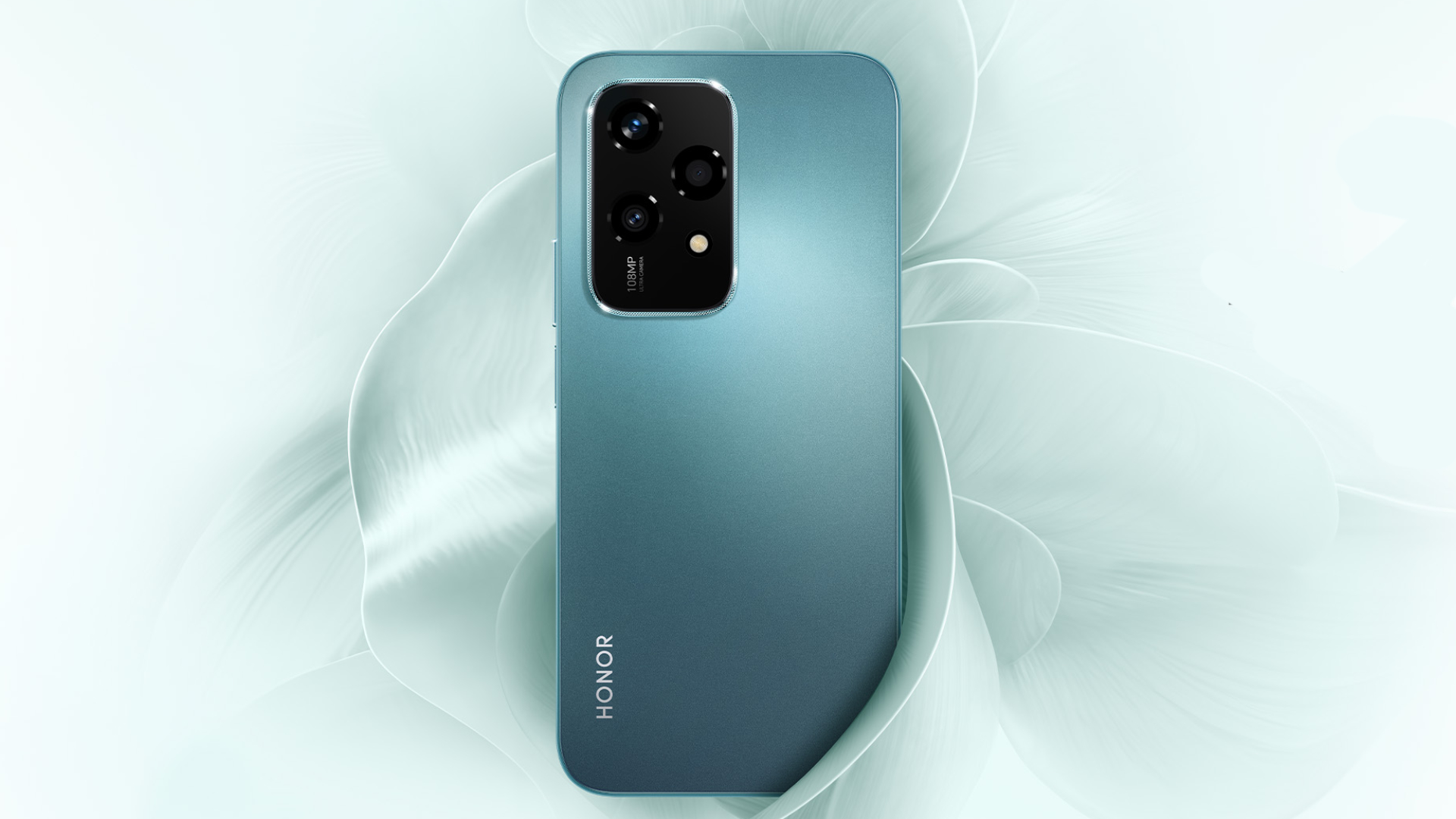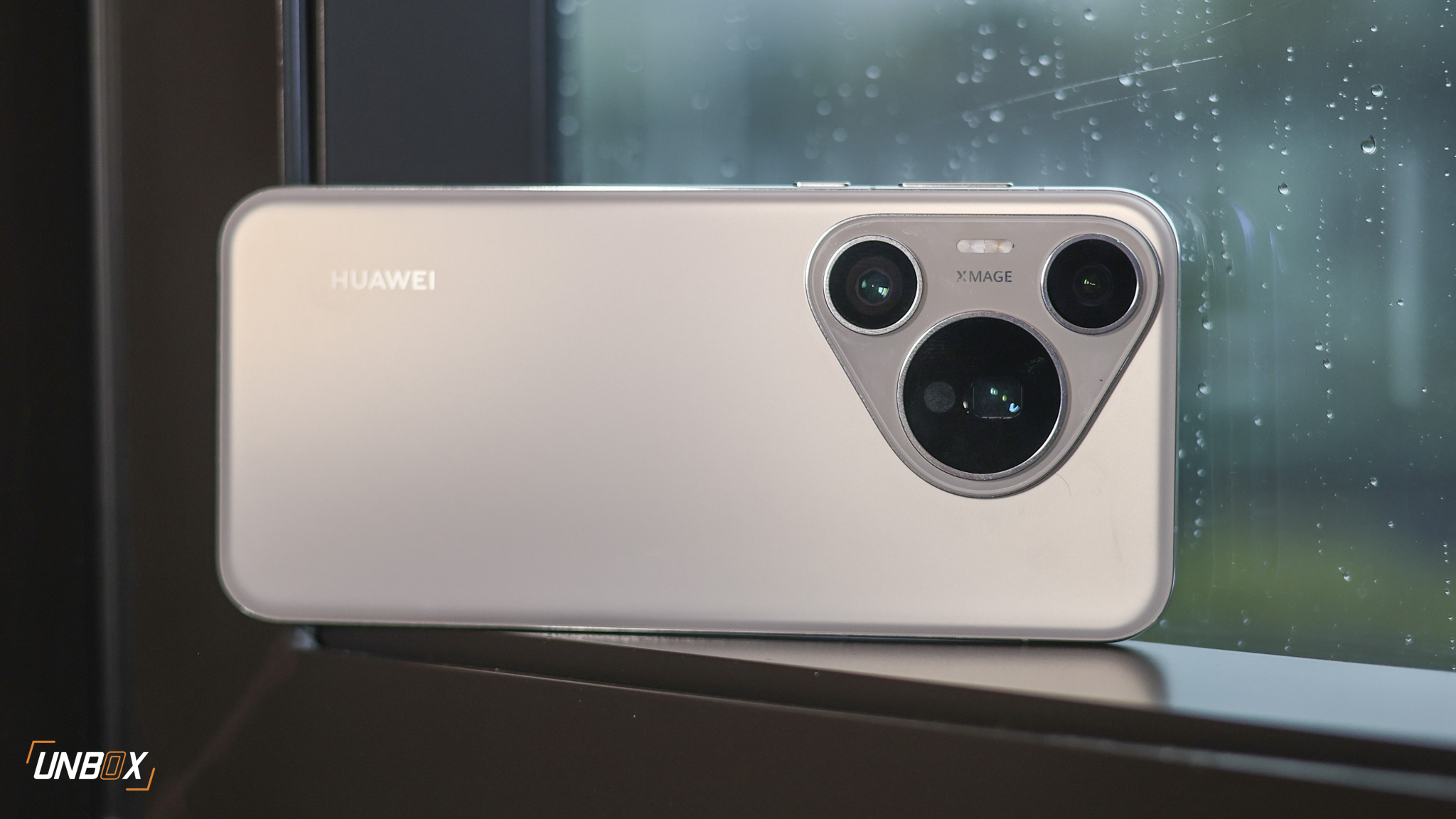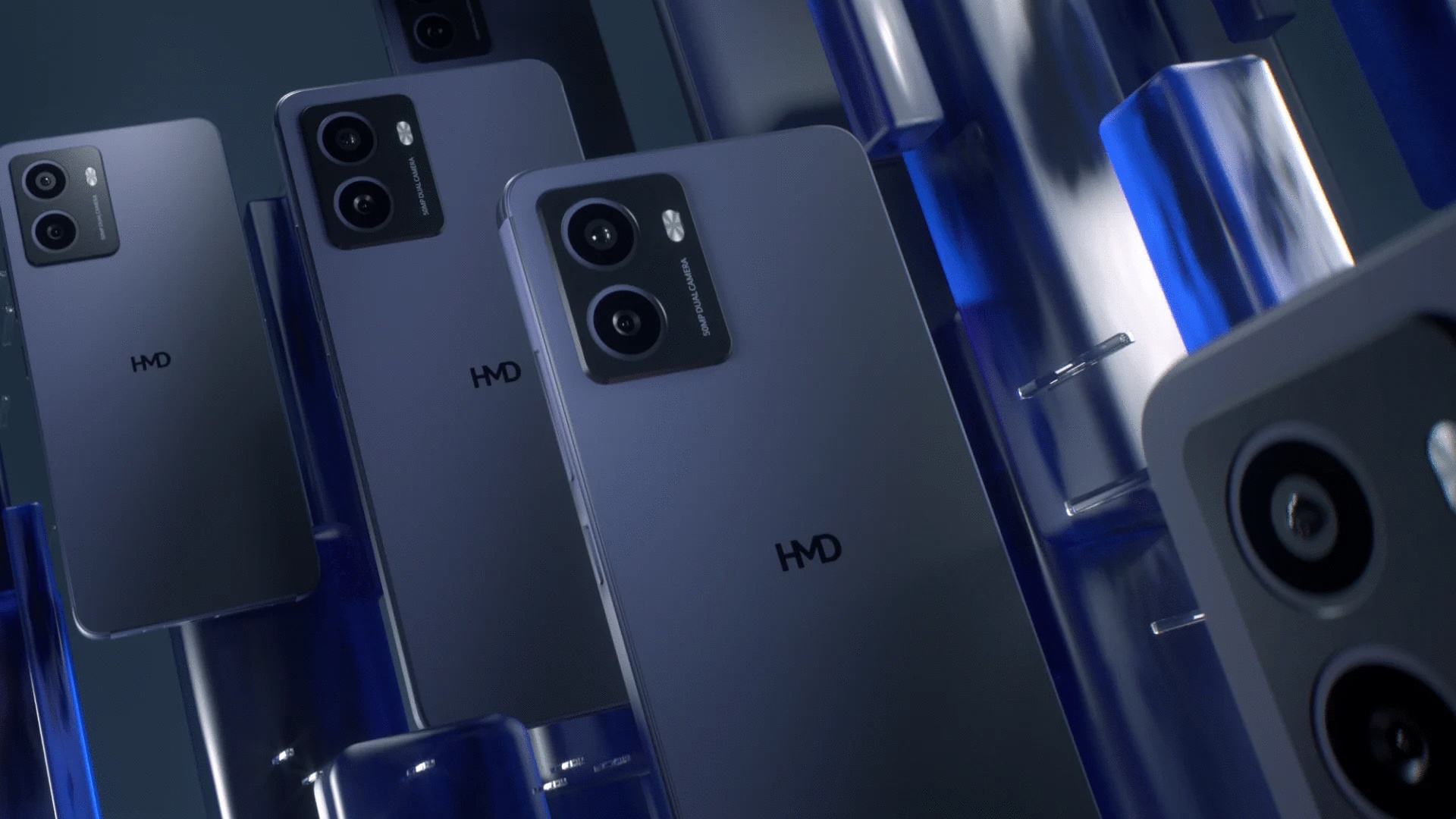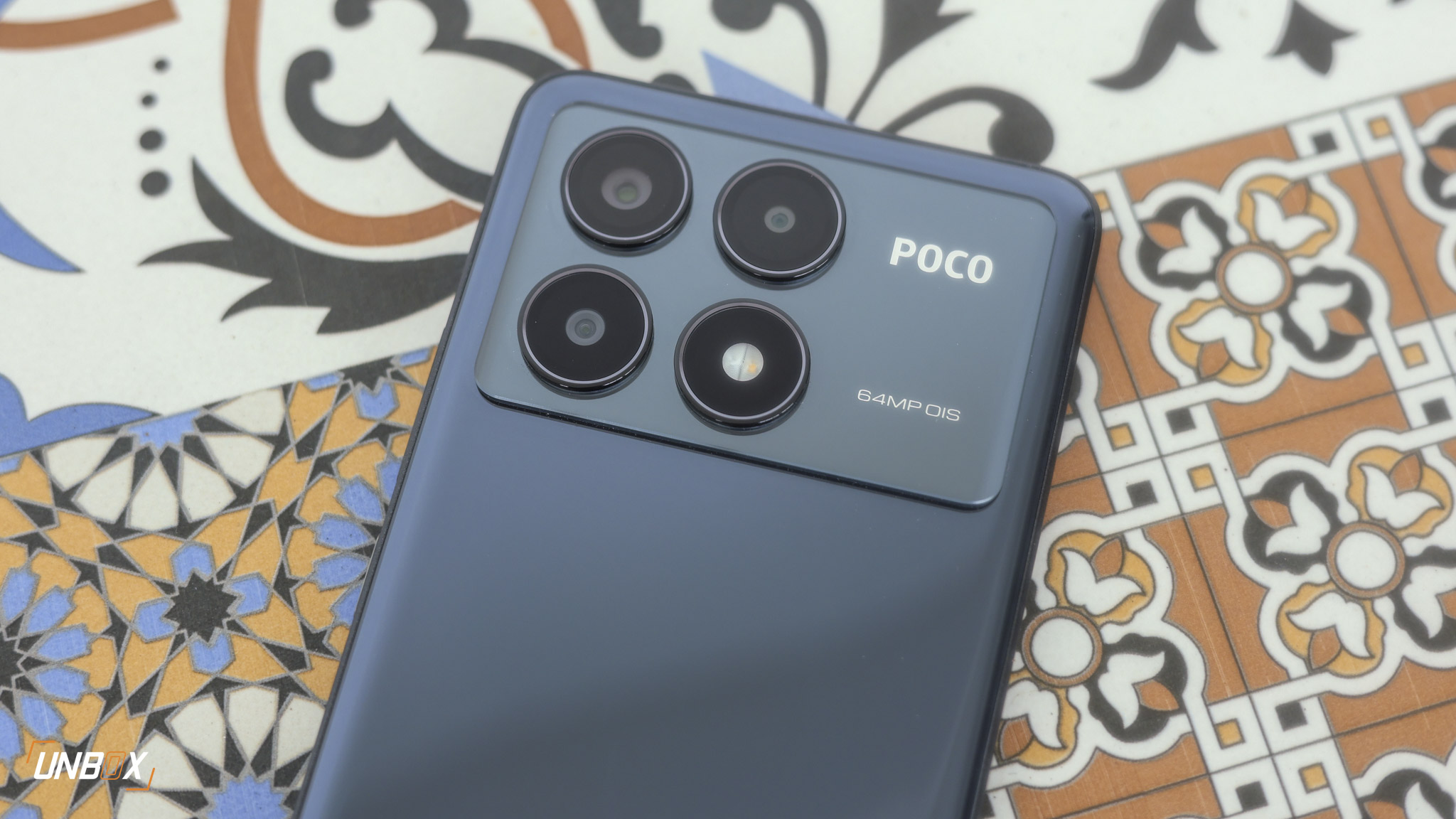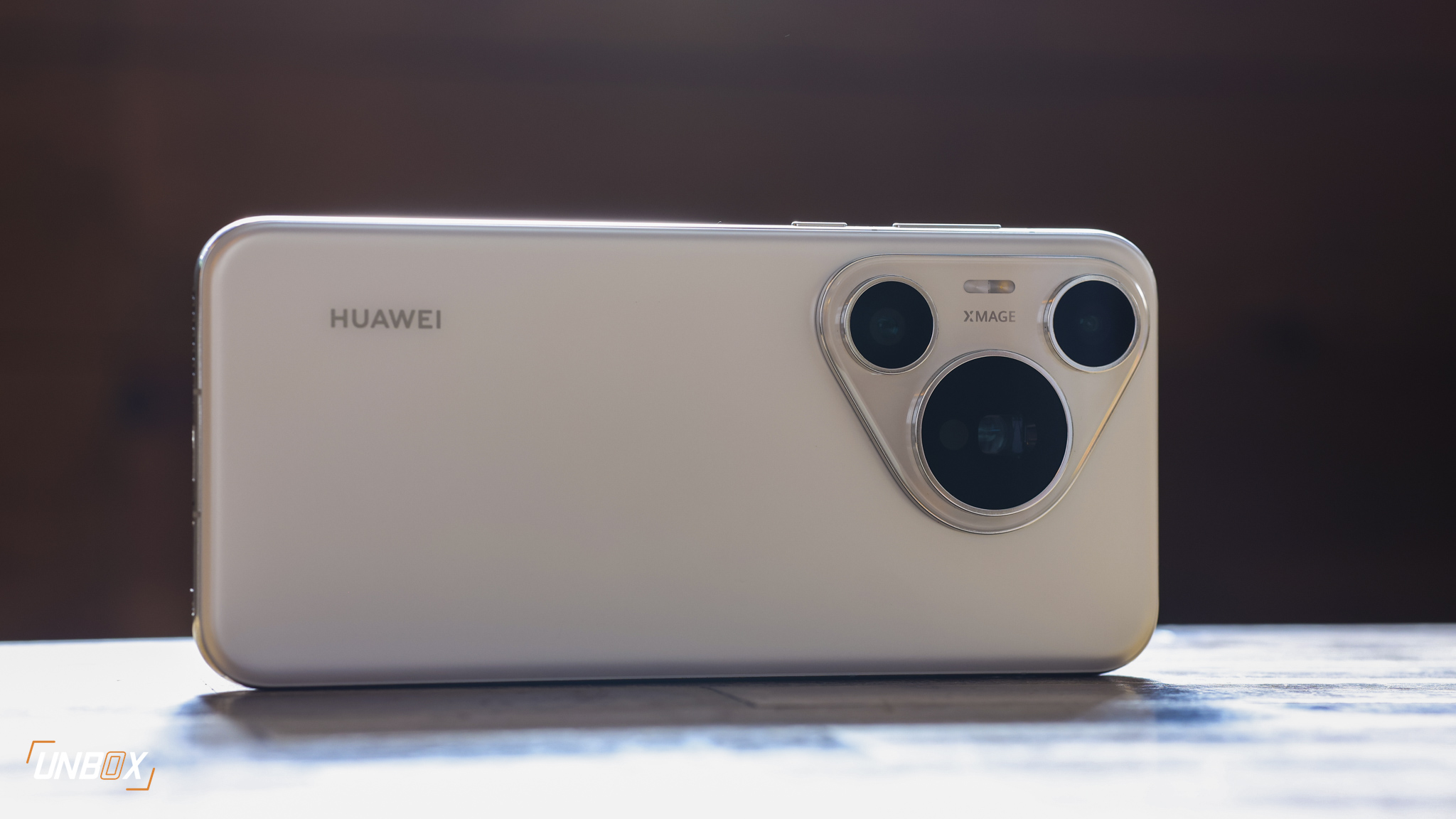After being pummeled by MediaTek in the mid-range segment for the past two years, Qualcomm regains its momentum with its new batch of Snapdragon 6 and 7 series chips. We previously got our chance to try out the Snapdragon 6 Gen 1 with the HONOR X9b, and we got the chance to test out the new Snapdragon 7 Gen 3 that’s found on the vivo V30.
READ MORE:
- MediaTek is Beating Qualcomm in the Mid-Range Segment. Here’s Why:
- Is the HONOR X9b 5G’s Snapdragon 6 Gen 1 Any Good?
Having used the V30 for two weeks, we have enough insights to share on how good is the Snapdragon 7 Gen 3 and why we think Qualcomm is fighting back well this time:
Synthetic Benchmarks
For the V30’s asking price, the Snapdragon 7 Gen 3 reigns in the under Php 30k price segment when compared to most of its rivals. While the difference in CPU performance is expected, the Snapdragon 7 Gen 3 offers a significant boost in GPU performance, making it at par with any phone that has a Dimensity 8100 processor.
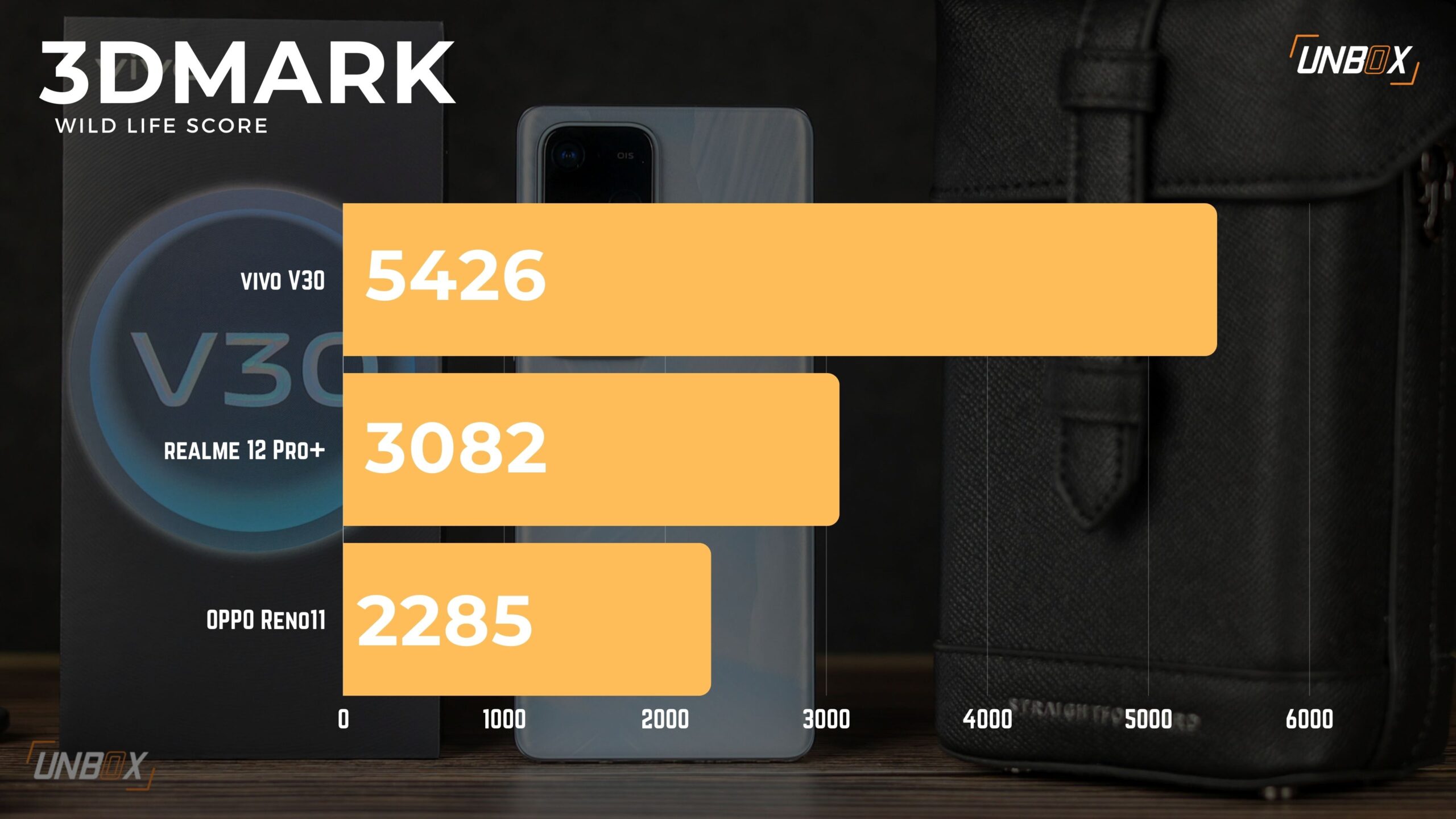
That big jump in GPU performance makes the Snapdragon 7 Gen 3 function like a “lightweight” Snapdragon 8 series processor. That becomes more apparent when you compare the Snapdragon 7 Gen 3 to the older Snapdragon 7 Gen 1 found on the HONOR 90 and the Snapdragon 778G that was popular with several mid-range phones including the vivo V29.
While CPU performance between the Snapdragon 7 Gen 1 and Snapdragon Gen 3 is nearly identical, the latter leads the former significantly in GPU performance. The big jump in GPU performace could possibly explain why a number of brands opted for the older (but still reliable) Snapdragon 778G over the Snapdragon 7 Gen 1–the actual gains are more evident with the Snapdragon 7 Gen 3.
Stress Test
Since we know that the Snapdragon 7 Gen 3 has a powerful GPU based on synthetic benchmarks, we checked how long can it sustain that performance. Using 3DMark’s Wild Life Stress test, the Snapdragon 7 Gen 3 was able to maintain its performance across 20 loops of the test with a 99.4% stability. Going to thermals, temperatures peaked at 44 degrees Celsius, and there was no indication of any throttling.
Considering how slim the vivo V30 is (it is 7.5mm to be specific), we expected the temps to go a bit higher than usual since you’re dealing with a slender frame, which translates to a smaller area for heat dissipation when compared to hardcore gaming phones. However, with actual use, the V30’s temps were lower even during long gaming sessions–so its safe to say that the Snapdragon 7 Gen 3’s thermal management is actually good despite the phone being very thin hand having little room for a good heat dissipation system.

Gaming performance
While we could not install GameBench to benchmark the Snapdragon 7 Gen 3 due to software locking issues, we found the V30 to run both Genshin Impact and Honkai: Star Rail comfortably at high graphics. We even enabled 60FPS mode, and we’re getting around 40-45FPS based on our gameplay. That’s what we expect on a mid-range phone in 2024, which shows that the Snapdragon 7 Gen 3 is at par with older Snapdragon 8-series chips like the Snapdragon 865.
When it comes to stability, we barely noticed any frame drops or lags at high graphics and with 60FPS enabled. The V30’s back panel was slightly warm but still comfortable to hold after 30 minutes of gameplay.

Final Thoughts
The popular Snapdragon 778G is turning 3 years old in a few months, and it’s really nice to see the Snapdragon 7 Gen 3 as the proper upgrade for Qualcomm’s Snapdragon 7 series chips (not including the Snapdragon 7+ Gen 2, which is on a different territory in terms of performance). The vivo V30 is one of the few phones to use this great mid-range processor from Qualcomm, and we look forward to see more phones use the Snapdragon 7 Gen 3 (including the rumored + variant) in the future.


